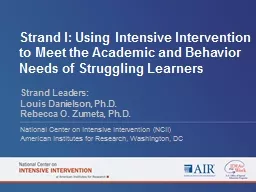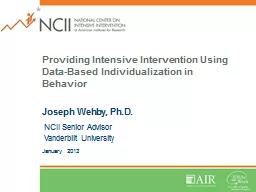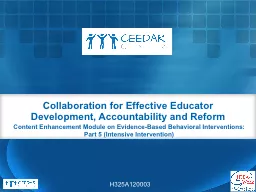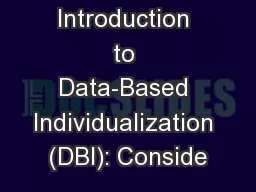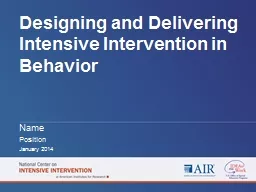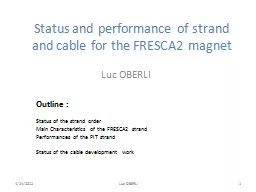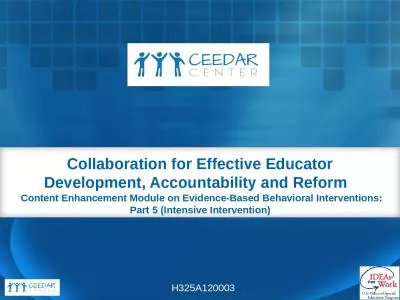PPT-Strand A: How Can We Make Intensive Intervention Happen? Considerations for Knowledge
Author : tawny-fly | Published Date : 2018-02-12
Development Implementation and Policy Session 3 From KnowHow to Action Assessing and Improving SchoolLevel Implementation of DataBased Individualization Laura
Presentation Embed Code
Download Presentation
Download Presentation The PPT/PDF document "Strand A: How Can We Make Intensive Inte..." is the property of its rightful owner. Permission is granted to download and print the materials on this website for personal, non-commercial use only, and to display it on your personal computer provided you do not modify the materials and that you retain all copyright notices contained in the materials. By downloading content from our website, you accept the terms of this agreement.
Strand A: How Can We Make Intensive Intervention Happen? Considerations for Knowledge: Transcript
Download Rules Of Document
"Strand A: How Can We Make Intensive Intervention Happen? Considerations for Knowledge"The content belongs to its owner. You may download and print it for personal use, without modification, and keep all copyright notices. By downloading, you agree to these terms.
Related Documents


